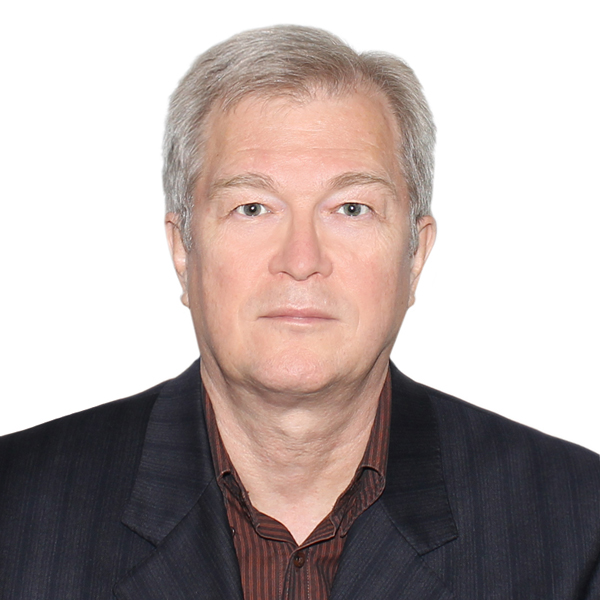Plenary Speaker
| Plenary Speaker VII | Picosecond-nanosecond Laser Flash, Formation of Powerful Elastic Waves in Crystals, and Shock Peening |
| Date / Time | 18 July 2019, Thursday / 13:55 - 14:40 hrs |
| Venue | LT7A |
| Speaker | Prof. Nail' A. Inogamov, Russian Academy of Sciences, Russia |
Biography

M.S. Moscow Institute for Physics and Technology, 1974 Ph.D. Landau Institute for Theoretical Physics (LITP) of the Russian Academy of Sciences (RAS), 1977
Doctor of Sciences (Habilitation, Theoretical and Mathematical Physics), science degree from LITP RAS. This degree permits in Russia to apply for position of full professor, 1991 Website:http://www.itp.ac.ru/ru/persons/inogamov-nail-alimovich/
Nail Inogamov is a leading scientific researcher at the LITP RAS. His studies belong to the areas of a laser-matter interaction; shocks and rarefactions in condensed media; elastic-plastic phenomena; hydrodynamics including strong heating and cooling with phase transitions which convert (a) solids to liquid thus capillary effects become important, (b) rarefactions, tensile stress, fragmentation, formation of the three-phase (solid-liquid-vapour) mixtures, foaming of hot liquid metals, (c) conductive cooling, re-crystallization, re-crystallization in motion, (d) condensation of vapour, diffusion in mixtures and condensation in surrounding media, formation of clusters and nano-particles; equation of thermodynamic states; astrophysics; hydrodynamic instabilities and mechanical mixing.
Abstract
Elastic-plastic transformations together or independently from polymorphic phase transitions are important for theory of shock waves. Here we discuss a classification consisting from (I) elastic, (II) split elastic-plastic, and (III) pure plastic shocks. The split shocks means that (1) there are two jumps: the elastic precursor and plastic shock, and that (2) the jumps are independent from each other, the precursor moves with elastic speed of sound overrunning the plastic jump and going further and further ahead as time proceeds and becoming weaker and weaker.
We oppose the split shock to the one-wave two zones shock (1W2Z shock). The 1W2Z wave (1) propagates as whole, (2) the plastic shock dynamically supports the elastic one, (3) the distance between the jumps does not change in time; here we say about the distance averaged over time.
The powerful elastic shocks (their amplitudes are much higher than are usually suggested for elastic shocks) were found in experiments with femtosecond laser pulses and confirmed in large scale molecular dynamics (MD) simulations. The observation of the 1W2Z shocks is another important finding coming from MD. In the paper below we want to emphasize that the 1W2Z wave (proved to exist in MD) is not some tiny submicron feature belonging to MD or to ultrashort shocks. We hypothesized that it may be detected at spatio-temporal scales significantly larger than micron. Thus it should be included into the above classification as a new regime. It should be placed between the II-nd and III-rd regimes in the old classification.
The report is devoted to lasers, shocks, and applications. In the second part of the report the generation and propagation of the shocks created for laser shock peening by lasers with ultrashort or nanosecond pulses are considered.

